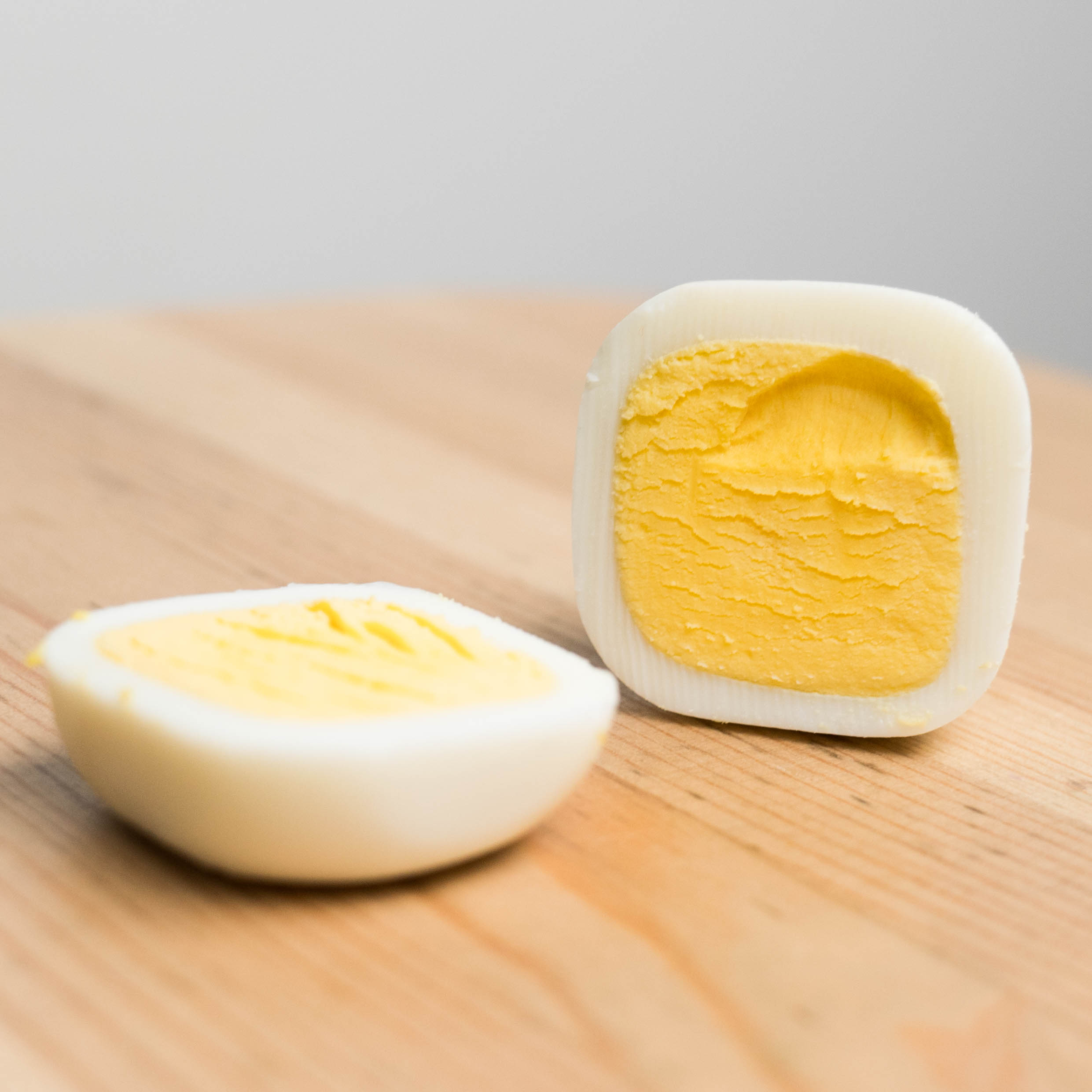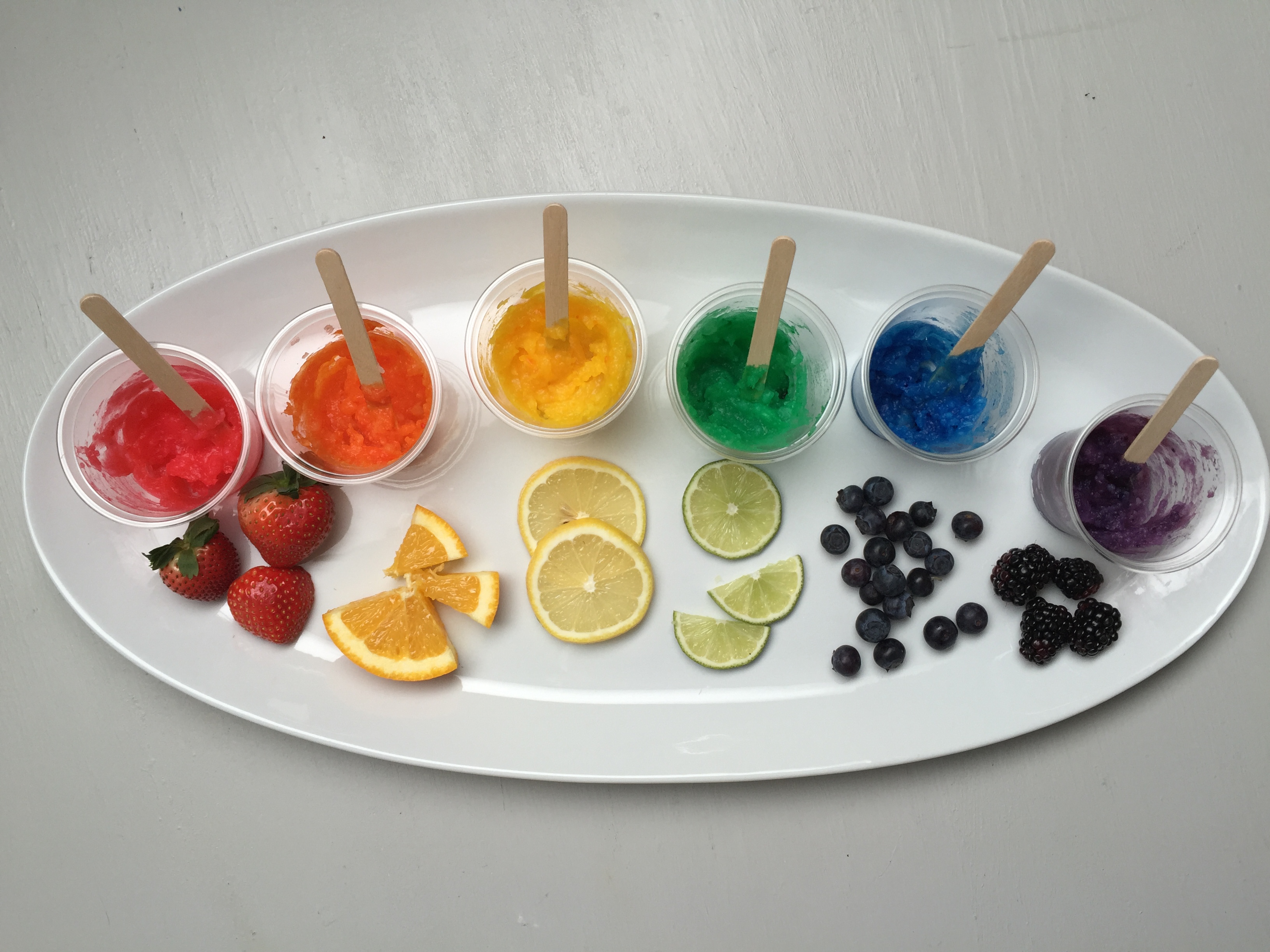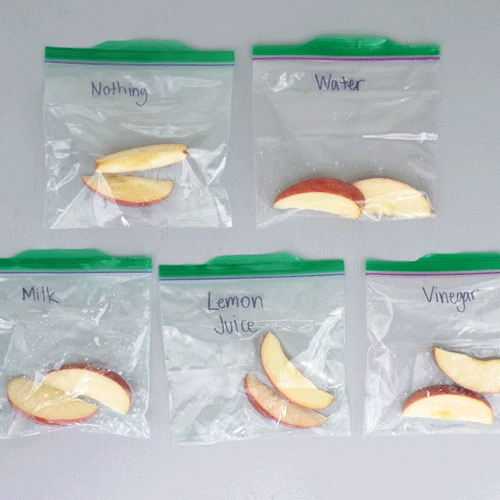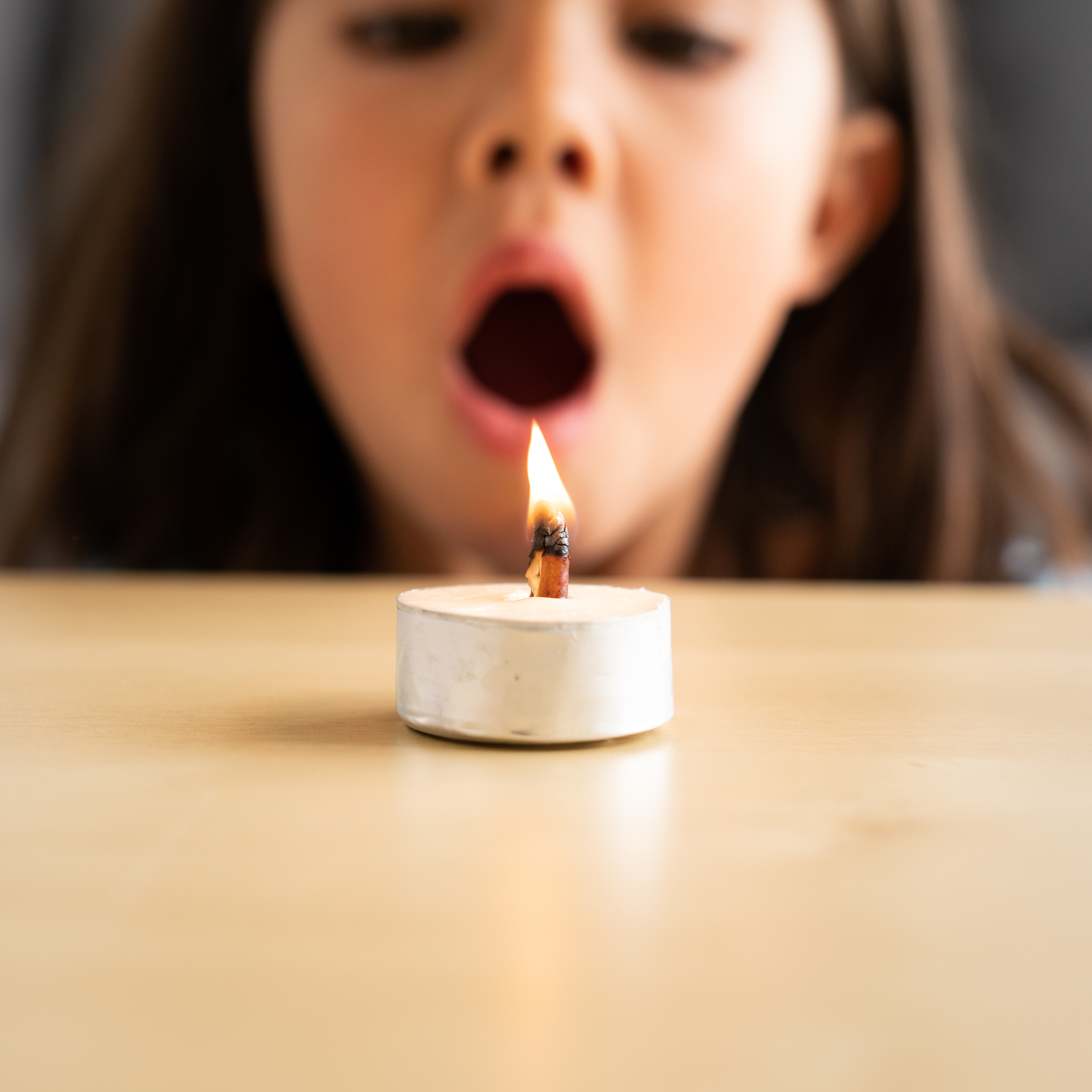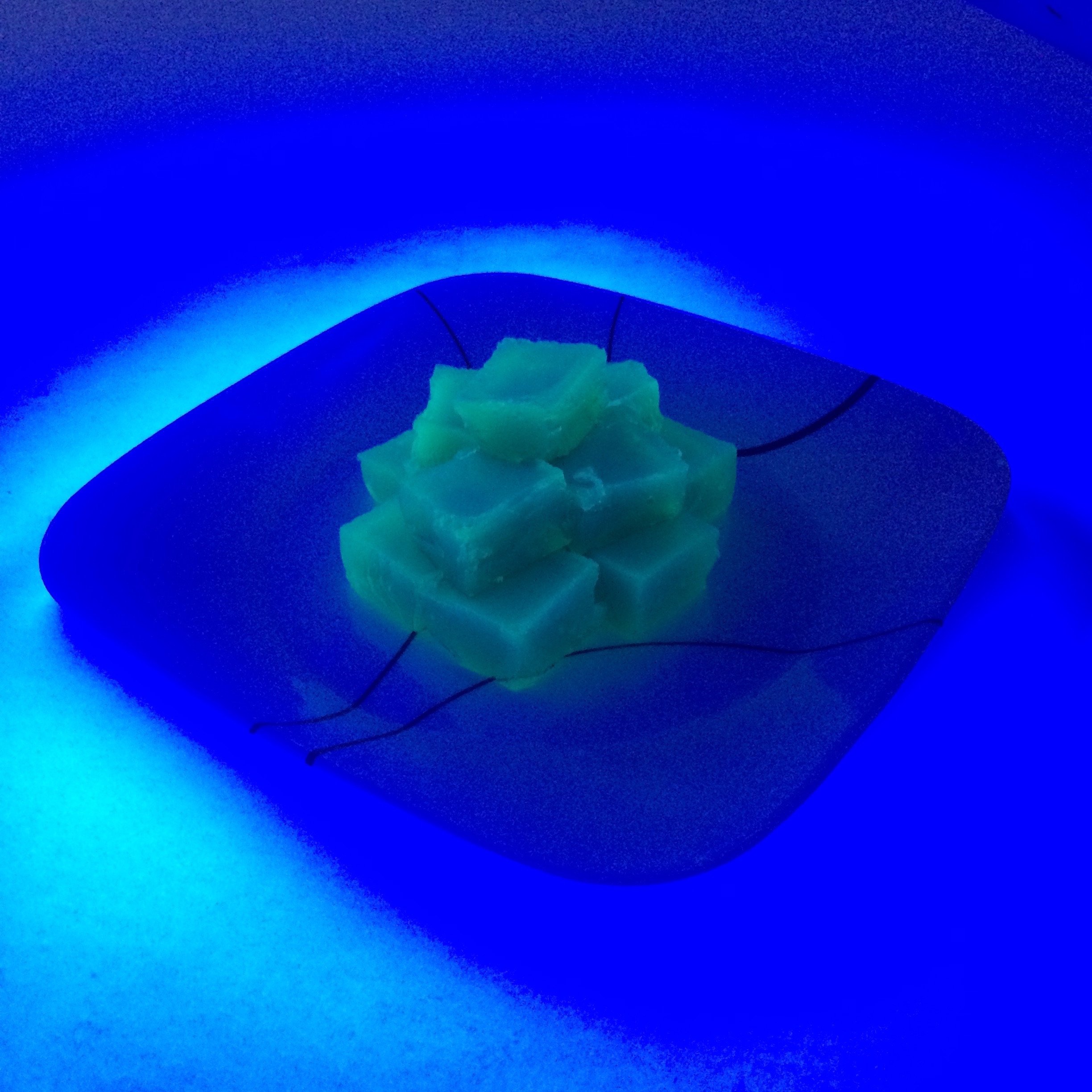- Square Egg
(Ages 5-16)
Is a square egg possible? Not in nature - but you can re-shape a hard-boiled egg in just a few easy steps!
Discover everything that eggs have to offer with Eggsperiments from the KiwiCo Store! Use the scientific method with a series of egg-based experiments that explore chemistry, physics, and biology.
- Edible Paint
(Ages 3-16)
In our household, we're not afraid to get a little messy, after all, it's inevitable with two little ones running around! So we loved this idea of making homemade finger paint using simple ingredients from the pantry. It was great to know that the paints were non-toxic in case any wandering fingers made their way into mouths. We had so much fun making and playing with the vibrant colors. We will definitely be doing this project again!
- Apple Oxidation Experiment
(Ages 3-4)
Have you ever noticed that if you slice an apple in the morning, it turns brown by lunch? This is actually a chemical reaction at work! In this experiment, you’ll learn more about how the oxygen in the air around us causes this reaction (also known as oxidation). With a little help from Ziploc bags, test different liquids to see if you can figure out a way to keep apples fresh from morning to noon.
Want to learn more about chemistry without the hassle of gathering materials? Explore 11 fun chemistry experiments with a Chemistry Play Lab from the KiwiCo Store!
- Edible Candle
(Ages 5-16)
Today almost one-third of the energy we produce in the U.S. comes from oil, and we use it daily — for transportation, to create electricity that powers our houses, schools, offices, and stores, and to run industrial factories. But we only have a limited amount of crude oil on Earth! It’s a non-renewable resource, which means that one day we will run out of it. Not only is it non-renewable, it’s also harmful to the environment because it releases a gas called carbon dioxide that pollutes the air.
One alternative to burning crude oil is burning vegetable oil! Vegetable oil is healthier for the environment because oil from plants is carbon neutral. This means that when you burn plant oil, it only releases as much carbon dioxide as was used during the plant’s life.
Try making this edible, zero-waste candle (and snack) and discover the power of plant energy!
- Glow in the Dark Jello
(Ages 9-16)
Did you know that with only a couple of small tweaks, you can turn ordinary Jell-O, into a ghoulish, glow in the dark treat? Read on to check out this simple, but awesome trick, and learn a bit about the science behind fluorescence in the process!
How to Make Glow in the Dark Jello

5 Easy and Edible Science Experiments
Whether it’s during meal prep, service, or clean-up, we spend a lot of time during the day in the kitchen. So to help bring more learning into the room where it happens, we collected some of our favorite kitchen science activities! As a bonus, with these projects, your kids can actually eat what they create (but we don’t recommend replacing meals entirely)!
